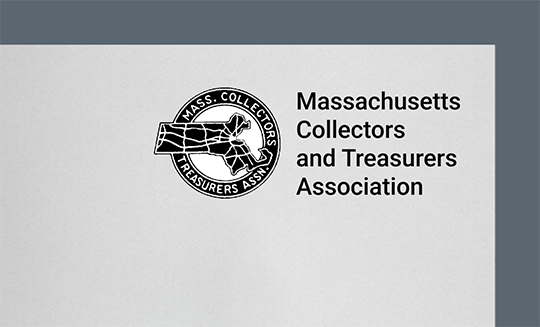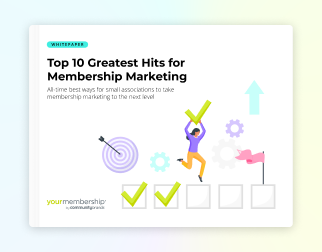How can you keep your members updated without sending them too many communications?
Here are six ways to prevent email fatigue with your members.

By Michelle Schweitz, Marketing Manager, Momentive Software
Your members join your association to receive valuable benefits. These include getting information about the latest news and events in your industry.
But receiving too many email communications from your association can be a big turnoff to your members.
Just think about it: Between work and personal communications, many of us receive hundreds of emails each week. Sometimes it can get to be too much.
So, how can you keep your members in-the-know without overwhelming them?
Here are six ways to avoid giving your members email fatigue:
1. Segment your list.
Segmenting your member list helps you provide more relevant content for members. For example, break down your list by career stage and provide job hunting tips to new graduates, career development opportunities to mid-careerists, and opportunities for mentorships to late careerists.
TIP: Email campaign management functionality in YourMembership association management software allows you to quickly and easily create email lists based on a variety of member information, including membership level, event registration types, and more.
2. Offer valuable content.
Offering valuable content goes hand-in-hand with segmentation, but it goes even further. Research from Momentive Software shows that a top driver of member retention is access to information about the latest news, regulations, trends, and other issues affecting an association’s profession or industry. In addition to segmenting your list, be sure to provide valuable content about your profession – in the form of tip sheets, news items, and reports. Your members will begin to think of you as the go-to source of industry information and a trusted partner who helps them reach their goals.
3. Respect member preferences.
Set up a preference center that gives members control over the messages they receive from your organization. Be sure to ask new members to visit your preference center and set up their preferences. Analyze your members’ preferences regularly to understand what topics interest them and what communications they want to receive. This information can help you determine how to modify your email campaigns to provide more of what your members want.
And remember: If a member unsubscribes from your emails, be sure to respect the unsubscribe and stop sending those types of emails to the member.
4. Be conversational.
These days, you’ve probably noticed that many communications tend to be more casual. Even though your association might focus on a profession, you can still make your communications easier and more enjoyable to read by borrowing from this trend.
A good rule of thumb is to write the way you would speak to a member if you were talking with them face-to-face. This approach puts a more personal touch on communications and makes them more relatable to the reader.
5. Consider your timing.
With many people working from home, your members might be starting their days later. Consider sending your email communications later in the day, when members might have more time to read them. You might even include a question in your next member survey to find out what time of day they would most likely read an email from your organization.
6. Watch your email metrics.
Email metrics can give you great insights into how your email communications are performing and how you can make improvements. Here are some metrics to keep an eye on:
- Bounces – If members are not receiving your emails, they are not getting your messages and likely are missing out on member benefits. If you receive a large percentage of bounces (more than two percent), or see your bounce rate rising, it’s time to clean up your email list. Start by making routine updates to random samples in your contact databases. Then, put a plan in place to update your database at least annually.
- Unsubscribes – If your audiences are opting out of your email messages at a rate of more than 0.5 percent, they’re telling you something. Consider that you might be sending too many messages and need to back off a bit. Or, maybe your messages are not useful to your members and more personalized content would be more effective.
- Open and click-through rates – Watch your open and click-through rates to see which way they’re trending. If they’re trending up, your messages are likely delivering compelling, valuable content. If they’re trending down, you might have work to do.
Look at open rates to determine your best-performing emails and see what their subject lines have in common. Then, drill down into your click-through data. Find out which types of links (such as event information, educational info, or organizational updates) are getting the most clicks. Using this approach can help you understand what content is catching members’ attention and can help you further segment your lists and provide more targeted content to keep members engaged.
Learn more
Get more helpful ideas on how to use email marketing to connect with your members and prospects: Download The Small Association’s Ultimate Checklist for Email Marketing






